The best qualities of sugar corn hybrids from VNIS
VNIS sugar corn is represented by hybrids of sh-2 type only. When the kernels of these hybrids ripen, starch synthesis stops at the level of mono- and disaccharides, which gives them a super-sweet taste (unlike su and se hybrids, in which sweetness is provided by dextrins, which turn into starch very quickly after harvesting the cobs and the sweetness is lost). Today, the “sweet” line of VNIS includes 10 hybrids - Mother of Dragons, Vege, Immitator, Bicolor, Jurmala, Andriivskyi, Vizantiia, Larus, Bagration, Megalodon, and one hybrid of salad corn - Diadema. They differ in maturity groups - from ultra-early to medium and late-ripening, sugar content - 22-24%, cob length - from 18-20 to 23-25 cm. The cobs are conical, cylindrical or cylindrical-cone-shaped, which is important for processors, and the variety of colors is sometimes impressive - from milky white to deep yellow, yellow and white bicolor, there are even hybrids with blue and white kernels. Hybrids of VNIS selection are resistant to helminthosporiosis, fusarium, blister smut, drought-resistant, heat-resistant and tolerant to lodging (resistance indicators on a 10-point scale range from 8 to 10, depending on the hybrid). According to the direction of use, sugar corn hybrids can be grown for the fresh market and processing (freezing, canning).
Diadema — “eat and lose weight!”
One of the most interesting corn hybrids developed by VNIS breeders is Diadema, an absolute novelty on the corn market. This is an improved genotype of baby corn, a salad corn representative of this vegetable crop. It differs from the well-known baby corn in the mass of marketable products from one plant. Instead of a single small cob, a branched cob weighing up to 300 g is formed (a small cob is formed in place of each kernel).
Such corn should be harvested during the “emergence of threads” phase, which is the optimal period when the cob retains a delicate texture and is best suited for fresh consumption. If harvested later, when the threads have darkened or dried, the cob loses its tender properties, becomes harder and is not suitable for consumption.
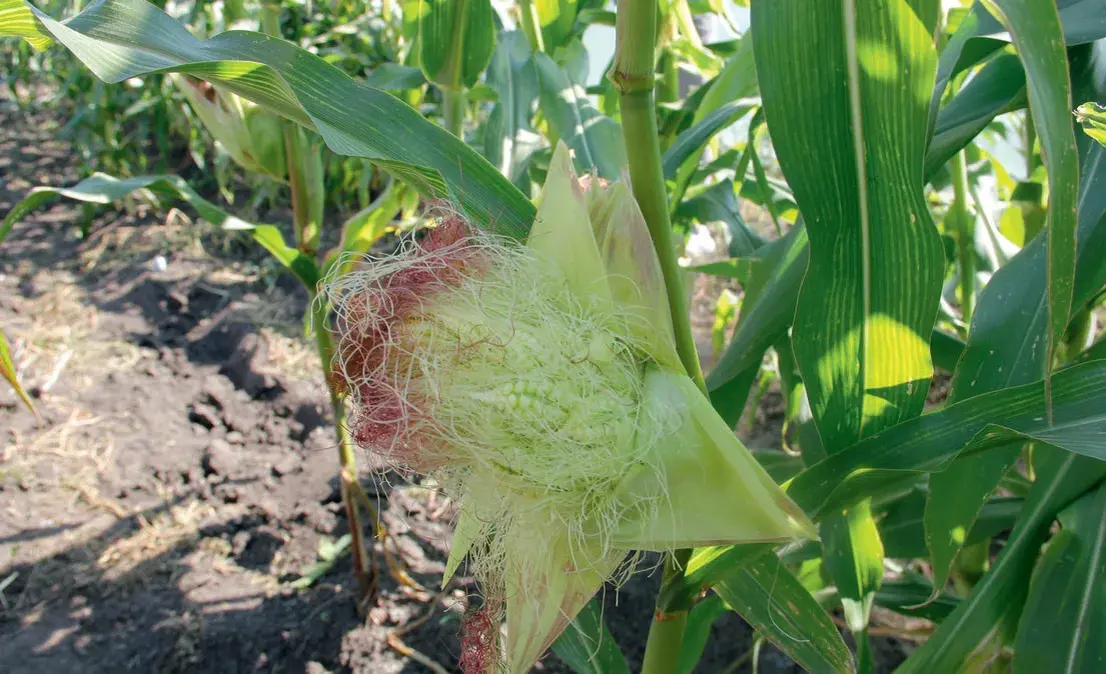
Diadema's peculiarity is that it has a so-called negative calorie content, meaning that to digest this corn, the human body spends more kilocalories than it contains. That's why the phrase “eat and lose weight” is the best description of this hybrid.
According to the direction of use, Diadema is grown for the fresh market (used as an ingredient in salads or grilled dishes), and also processed for harvesting “for the winter” (pickling, canning). This corn hybrid has a delicate, crispy texture and a sweet taste with notes of freshness.
A miracle of Chilean breeding — Choclo
Another hybrid that is likely to appear in the VNIS collection very soon is Choclo corn. Giant cobs 30 cm long have 28-34 rows of kernels, and the cob circumference sometimes reaches 34 cm! It has a long growing season: 90-100 days - to the stage of milky, milky-waxy ripeness, when corn becomes suitable for fresh consumption; more than 100 days - to the stage of grain that can be threshed.
So far, VNIS has the right only to sell Choclo seeds of Chilean selection, but our scientists have already begun fruitful work on creating their own giant corn. This will definitely be a breakthrough in Ukrainian breeding.
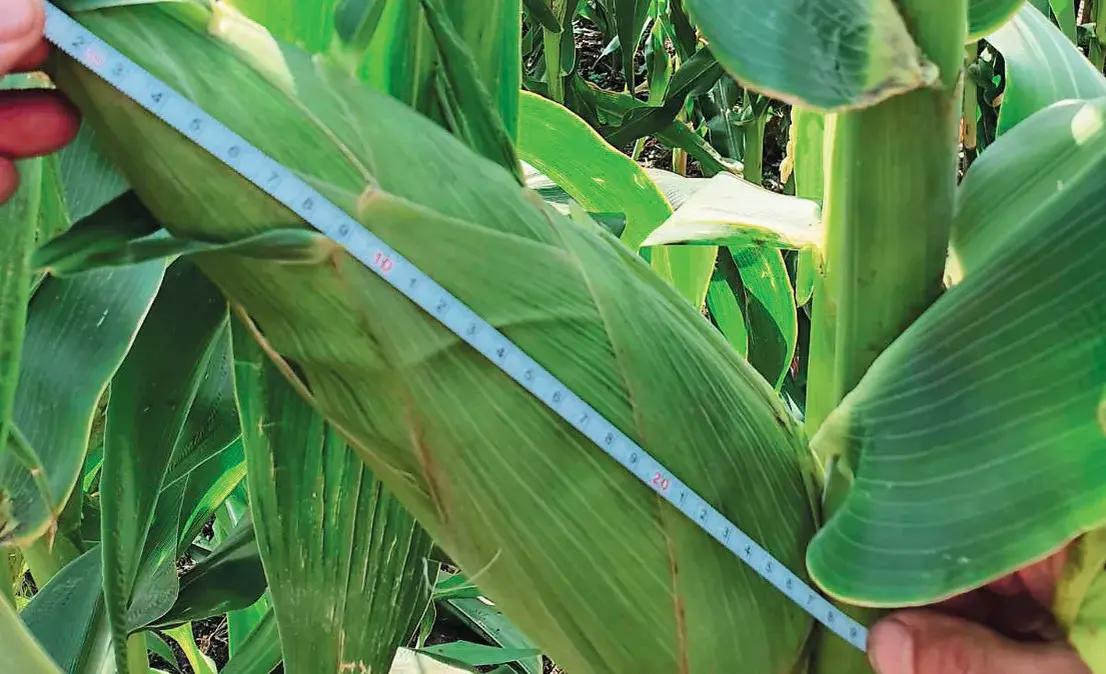
MYROSLAV PARIY, PH. BIO. D., GENETICIST, BREEDER, CO-OWNER OF THE COMPANY CONTRIBUTED:
- Our institute cooperates with a Chilean company. We have a joint breeding program to create hybrids that will be focused mainly on the South American market. In particular, we are currently working on developing hybrids of traditional corn in South America based on Choclo. In Chile, Choclo is very popular, comparable to our potatoes, for example, it is sold in markets, supermarkets, and is used to prepare various dishes in cafes and restaurants. It is not easy to create such hybrids, as we need to identify different mutations. And today we have developed special DNA markers for Choklo genes. It will probably take us 2-3 years to implement this project and launch Choklo hybrids on the Ukrainian market. According to our agreement with the Chilean company, we will represent this corn in Europe and Asia. I believe it will be a success.

OLIVER ABU-BOACHE, BREEDER, COMPANY CONTRIBUTOR:
- Actually, Choclo is a development of a Chilean company, but I have a plan to develop hybrids of this corn in Ukraine. We are working together on the program, and our goal is to get large, super-sweet-tasting ears.
Decent growing conditions — decent harvest!
Sugar corn is a very fragile crop that requires careful work and qualifications from the grower. If you do not have enough qualifications, but have a great desire to grow sugar corn, VNIS experts advise you to listen to their advice, read specialized literature and only then start growing. The scientists emphasize that it is possible to get a good cob with the qualities that are inherent in it only if all technological methods are followed.
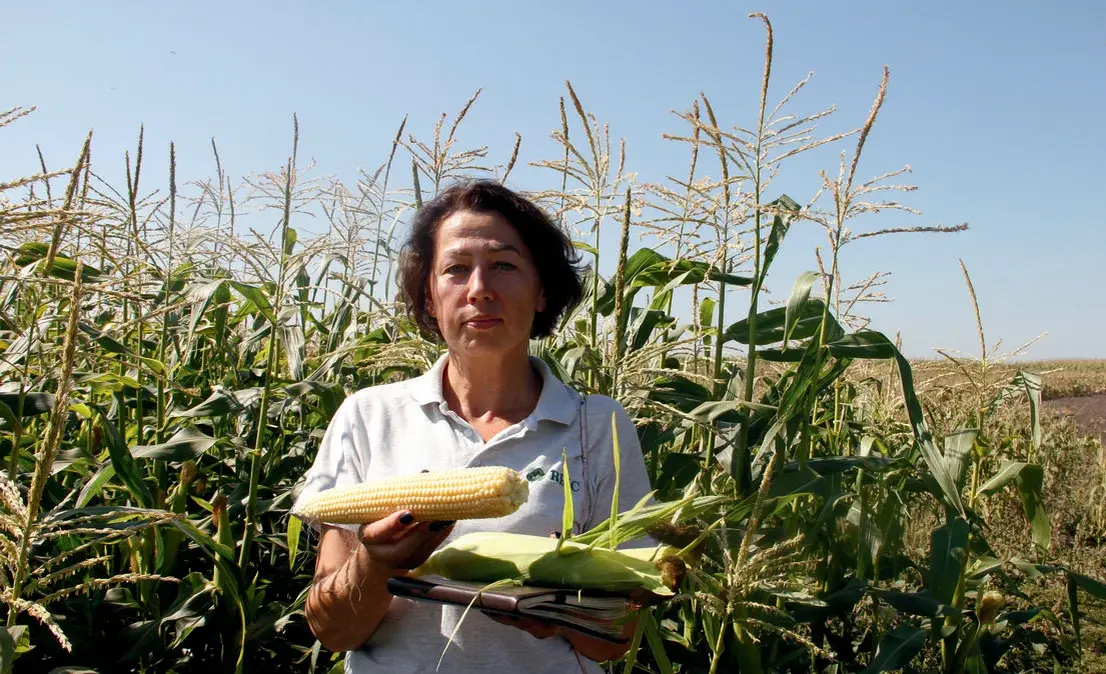
IIA RESLER, HEAD OF VEGETABLE PRODUCTION, THE VNIS COMPANY:
- As much as possible, you need to provide corn with optimal sowing and growing conditions, because the plants need fertilized soil, sufficient moisture, and solar insolation. If sowing was done on time, in warm, moist soil (12...15 °C), at the optimal depth (3-5 cm), then, as a rule, friendly, full-grown seedlings will appear in the expected time. But if you place the seed in wet, cold soil, it will rot and you won't get a future harvest. Failure to provide corn with the necessary nutrients at specific stages of its development will definitely affect the harvest. And with insufficient moisture, the cob will not be properly pollinated and will not form a proper ovary. Therefore, a lot of effort should be made to ensure that corn is rewarded with tasty ears.

MYROSLAV PARIY, PH. BIO. D., GENETICIST, BREEDER, CO-OWNER OF THE COMPANY MADE:
- Planting density and watering. We do not recommend growing corn without irrigation at all. In order to see the potential of our hybrids, we need to fulfill two main requirements - to ensure optimal sowing density and irrigation. The density of plants per hectare should be from 30 to 50 thousand, sometimes it can be 60, with proper watering and fertilization. If sugar corn is sown too thickly, the cob will be small. In most cases, farmers say, “it's all the hybrids' fault, they are bad”. But, no, it's often the case of improper cultivation technology.
The fertilization system should be developed for the soil on which corn will be grown. Ideally, you need to consult with agrochemists, analyze the soil first, and then start working. The pH of the water to be used is also important, because its value will affect the solubility of fertilizers and their ability to be absorbed by plants. It is imperative to add macronutrients to the soil, and microelements should be fertilized on the leaf.
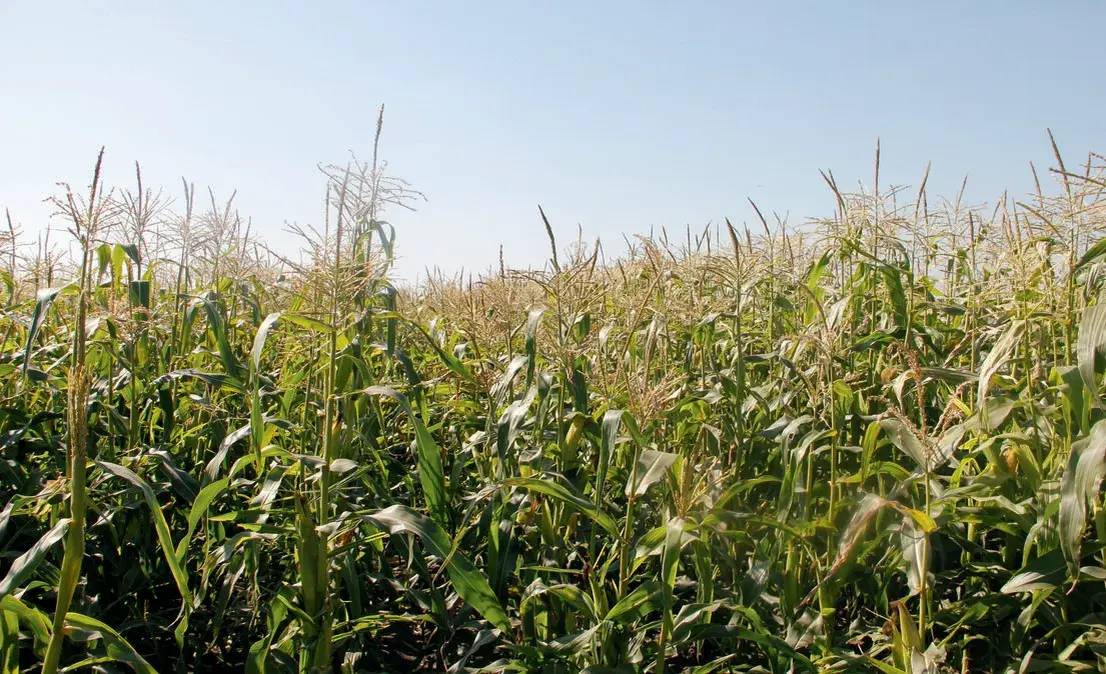
Sugar corn should grow in a bright place, not in the shade, and should not be sown under trees (especially when grown on private plots). The soil should be loosened, loose. To ensure good pollination, sugar corn should be sown in groups, we recommend 70x70 cm - the square-nest method (mainly for growing on private plots) and 1-2 seeds should be planted in each hole. For industrial crops, sugar corn should be sown at 3-4 seeds per meter, with a row spacing of 70 cm, and the seeder should be adjusted accordingly, if necessary, to form a seeding density.
Protection against harmful objects
Pest control is a must in industrial crops. Today, corn is most damaged by stem butterfly, diabrotica (western corn borer), and scoops. According to colleagues, the diabrotic beetle, which started its march across Ukraine from the western regions, is already “walking” in Dnipropetrovs'k, Cherkasy, and Sumy regions. And this year, the pest was spotted in Kyiv region. However, there is no official data on this from the quarantine inspection. According to entomologists who study this particular pest, the diabrotic beetle will cause significant economic damage in 3-4 years after its first appearance if no drastic decisions are made. Unfortunately, it is very difficult to fight it in sugar corn crops, almost impossible without “chemistry”, the only thing we can recommend for amateurs is to sow corn where the crop has not grown before, and for farmers, Since corn grows in almost all fields in Ukraine, farmers cannot hope for the rapid emergence of effective means and methods of protection (the larvae of the western corn borer overwinter in the soil at a depth of 50 cm and it is almost impossible to simply get them with “chemistry”). Of course, there are insecticides that kill these pests in grain corn crops, but insecticide treatment of sugar corn, like any pesticide treatment, should be carried out taking into account that the cob will be consumed for food.
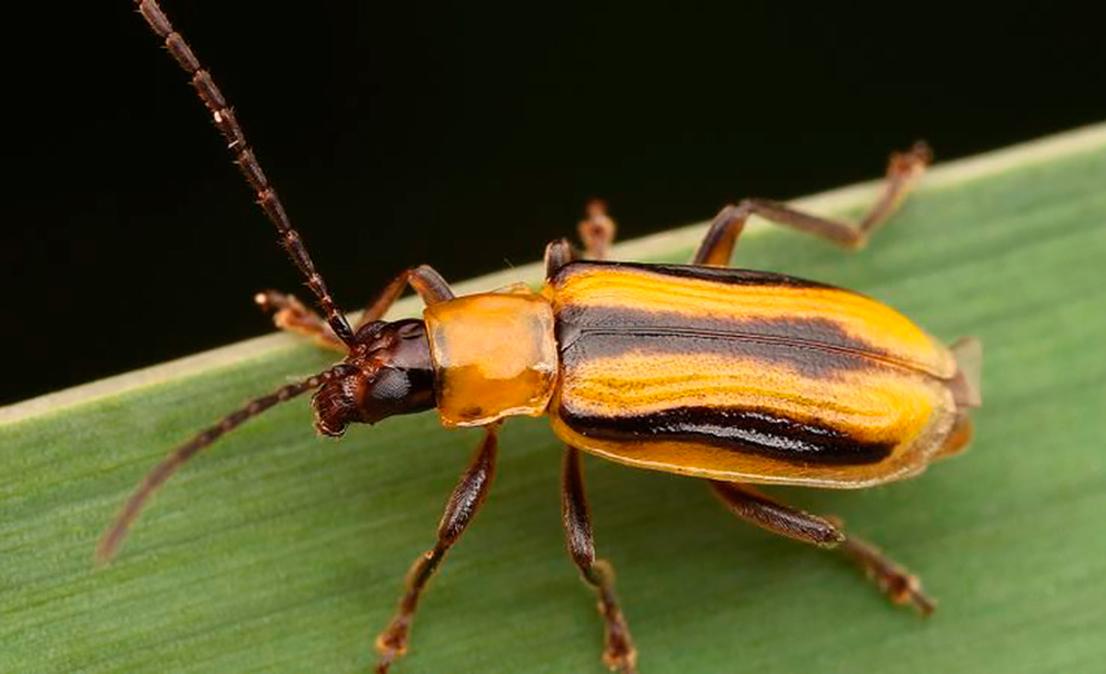
The stem butterfly and moth can be controlled biologically - with the help of a trichogram, and the appropriate recommendations for the introduction of an entomophage must be followed. Chemical treatments are also used, but when the butterfly appears, the corn is already two meters tall, the cob is formed, and the drugs may have a harmful effect on the crop.
Weed control in small areas is best done manually, but if the crops are large, we will provide recommendations, we have certain developments in herbicide application.
IIA RESLER, HEAD OF VEGETABLE GROWING, THE VNIS COMPANY:
- You can use both soil herbicides (before sowing, simultaneously with sowing, immediately after sowing) and post-emergence herbicides (insurance). Soil-applied herbicides restrain the first wave of weeds and prevent them from “drowning out” young corn seedlings, which is very important. Post-emergence herbicides control the purity of the crop. At the experimental site, we tested our line of sugar corn hybrids for resistance to herbicides that are often used by agricultural producers. According to the recommendations, we applied the original products - Milagro, Elumis, Laudis, MaceTer and MaceTer Power - to test their effect and impact on the plants. And all hybrids “withstood” the impact of the mentioned herbicides. The products, in turn, coped with their task, removed the weeds and did not damage the corn. This means that our hybrids are tolerant to these herbicides. Nevertheless, VNIS strongly advises not to get carried away with the use of chemical plant protection products on sugar corn, this also applies to industrial crops, as this crop will be used for fresh consumption or canning, and this is, after all, human food. Any herbicide leaves its traces in the crop - metabolic products that will affect human health in one way or another. Therefore, if herbicides are unavoidable, it is important to know when to apply them so that the substances have time to be released from the crop and do not cause further damage. And the producer must be prepared for the fact that corn will certainly react to the action of chemical plant protection products, plants may be slightly stunted, cobs will form late, etc., but this is not the fault of the hybrid! The introduction of “chemistry” for the cultivation of sugar corn should be stopped 30-35 days before harvesting. More details can be found in the instructions for plant protection products.

Organic hybrids of sugarcane
MYROSLAV PARIY, PH. BIO. D., GENETICIST, BREEDER, CO-OWNER OF THE VNIS COMPANY:
- All hybrids of sugar corn developed by VNIS are focused mainly on organic production. This year, we have laid the first hybridization site for obtaining seeds in an organic farm - this will be the first organic sugar corn seed in Ukraine that is fully certified according to all international standards. So, if anyone plans to grow organic corn, welcome to VNIS. The main condition is to take into account all the peculiarities and follow the recommendations so that there are no questions about the selection in Ukraine. Organic corn seeds are not treated, so they are not protected from pests in the soil, and the seeding rates and the number of seeds will need to be increased.
VNIS hybrids enter the international market
VNIS has laid out experimental plots of its corn hybrids in regions of Ukraine with different soil and climatic conditions. The plots feature a range of irrigated and non-irrigated hybrids sown at different times, with different seeding densities and row spacing, in weedy and weed-free areas. Visitors have the opportunity to test and taste not only well-known hybrids, but also new, so-called “numbered” hybrids that have recently been developed and are preparing to enter the market. In addition to the “people's assessment,” the samples are rigorously tested by independent experts, and the best of the tested hybrids will be sold as seed in Ukraine and abroad.
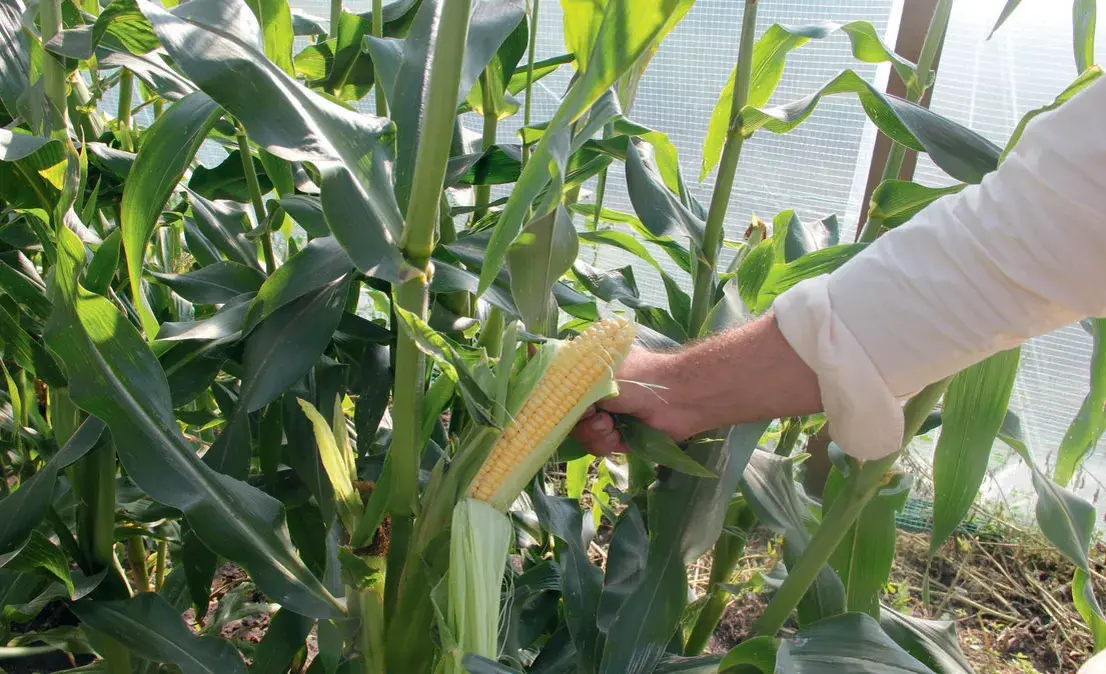
IIA RESLER, HEAD OF VEGETABLE PRODUCTION, THE VNIS COMPANY:
- This year we are starting to register sugar corn hybrids in Europe. Our samples were also tested in Turkey (in different climatic zones) and Japan. Our Turkish partners have selected the hybrids that are suitable for their market, and next year they will start cultivating them there. Comparisons were made with the hybrids that currently occupy the largest areas in Turkey, and VNIS breeding products took a worthy place and even the lead among other global breeding companies.
VNIS destroys myths and works on non-standard solutions
MYROSLAV PARIY, PH. BIO. D., GENETICIST, BREEDER, CO-OWNER OF VNIS:
- In fact, the sweet sugar corn that we are used to seeing on our market is technical corn, which is used primarily for canning. The size of its cob should be 20-25 cm, diameter 5 cm, and the rows of kernels should be even. All of these parameters are necessary for technological processes, but if we just eat corn, then all of these qualities are not important, and the cobs can be from 5 cm to 25 cm or more. We have such material, we are working on it, but as a hobby, because we are still focused on the needs of the market, on commercial production. However, we need to break stereotypes, which is how the American market has special dessert-type hybrids of sweet corn. These are small ears that are comfortable to hold in your hand, have a delicate texture, and taste like oriental sweets. Corn, not only sugar corn, contains various aromatic components, the ratio of which gives a certain flavor “bouquet”.
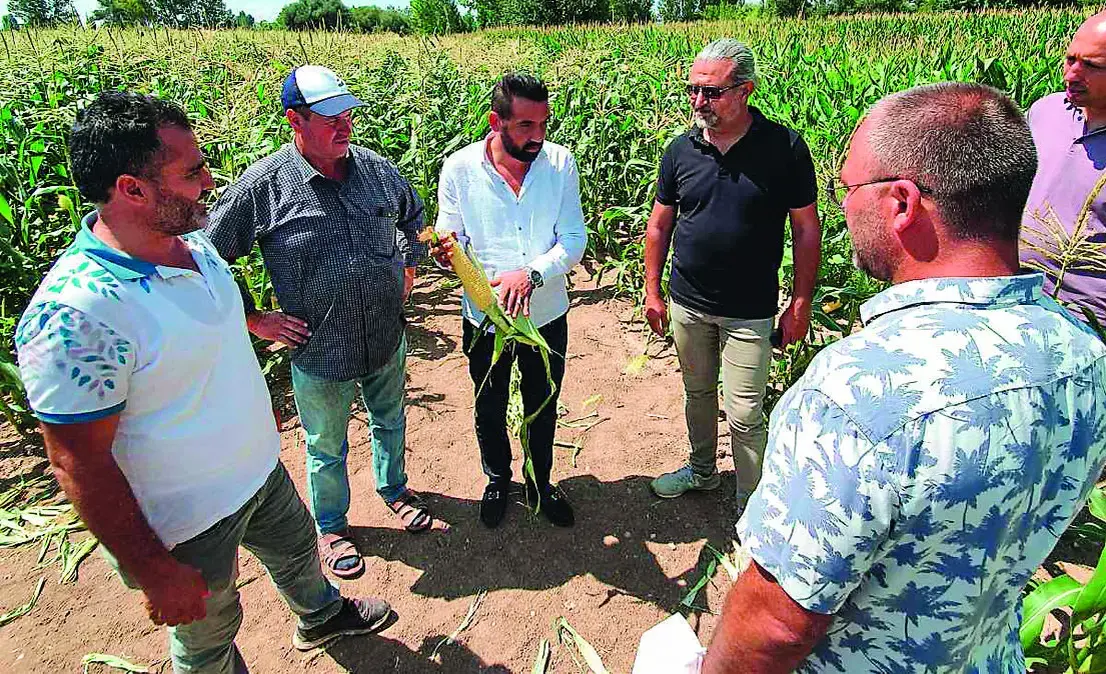
Our breeders test hybrids not only for their external characteristics, but also for their taste. And if you close your eyes, take a bite of a cob, you can taste melon, watermelon, milk, even a Christmas tree. There is an endless variety of flavors, and all of this can be incorporated into special dessert-type hybrids that are meant to be eaten fresh. In addition, corn has a diverse range of colors, which are well displayed on the mature grain. Our breeder Oliver has already promised our customers that he will create black corn. “My dream is to create pink corn, so to speak, for 'blondes' - pink corn. It is this interesting new corn of different colors and flavors that we see on the Ukrainian market in about 5-10 years, when everyone will get tired of eating sweet ears of huge size and people will want something new.
Today, the range of uses for sugar corn is much wider than just eating fresh cobs. Of course, this includes processing: canning; freezing; vacuum preservation and more. This crop is also used to make high-quality rectifiers and distillates. There are also projects to produce biofuel (biogas) from sugar corn...
Today, VNIS is confidently moving towards ideal hybrids of sugar corn that will satisfy everyone - both fresh market consumers and processors.

 Choose a country
Choose a country